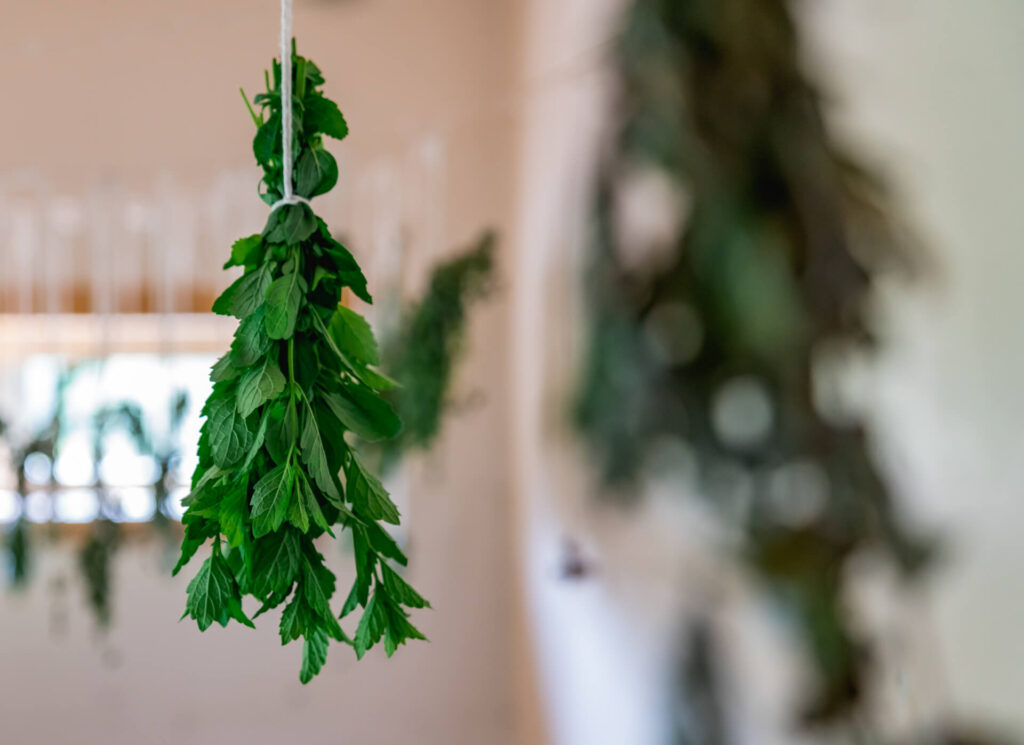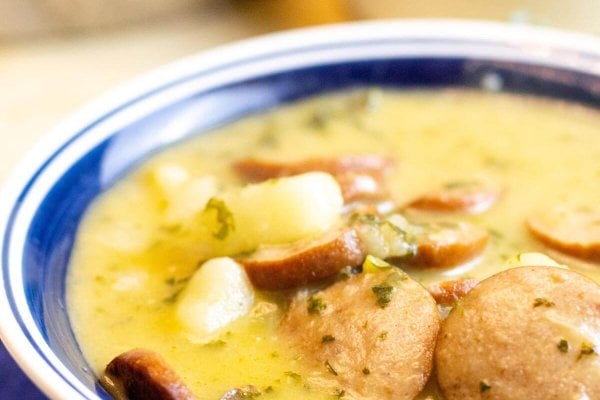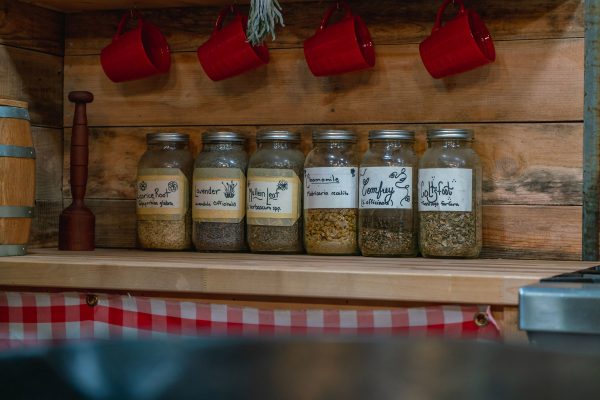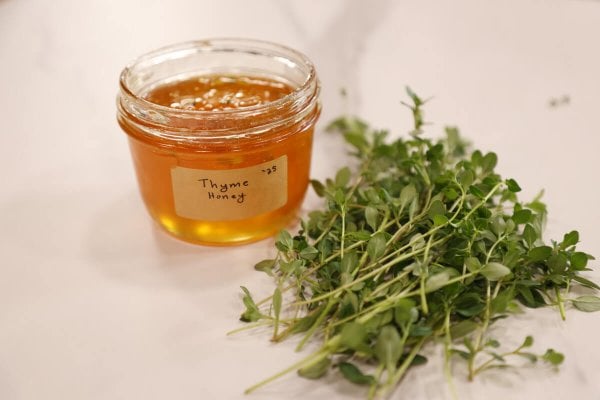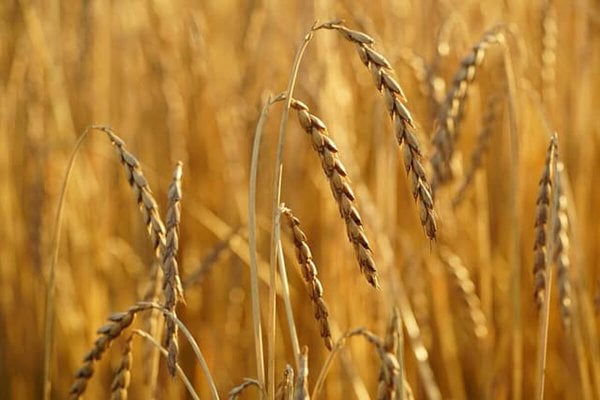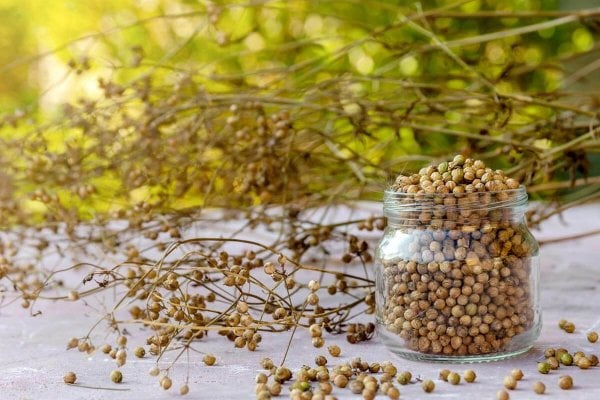
Oregano is an herb with a long history, used worldwide in many cultures for culinary and medicinal uses. Greek, Italian and Mexican cuisines use this versatile herb to enrich the flavor of various foods.
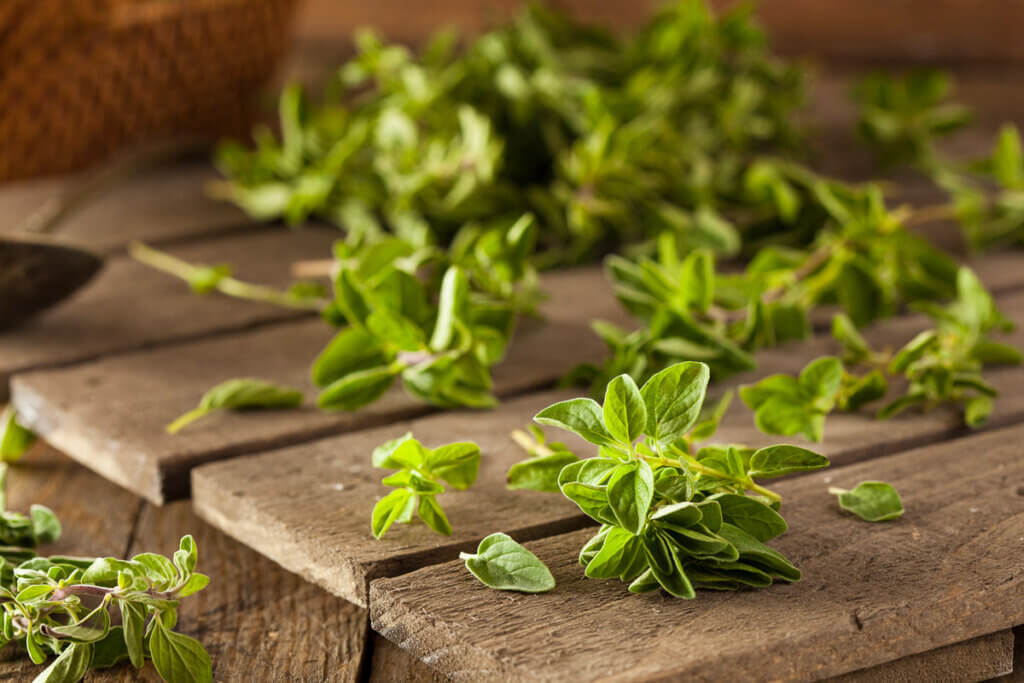
It is so satisfying to grow oregano from seed and use it in various dishes. Its Greek meaning states “joy of the mountain,” and I couldn’t agree more!
Read on to learn the best methods for growing oregano from seed or plant cutting and what it will need to thrive in an indoor pot or outdoor garden.
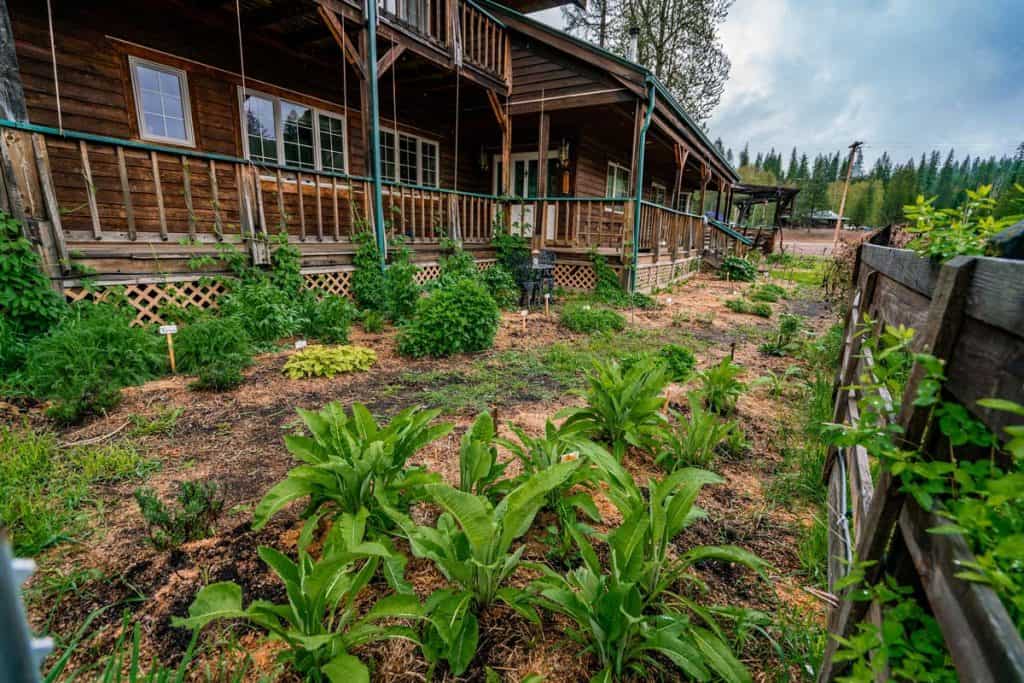
Why I Love Growing Oregano
In addition to growing medicinal herbs like comfrey, I have a variety of culinary herbs in my old-fashioned cottage garden including dill and cilantro. Oregano is among them, providing diversity when preparing three home-cooked meals a day for my family.
This perennial herb is so easy to grow and cultivate indoors or outside. However, when planning a vegetable garden, knowing that this hearty herb will spread and take over an area is important.
If you are concerned your oregano may be hard to tame, you can use container gardening methods to keep it where you want it. One of our favorite container gardening methods is our Greenstalk Vertical Garden, located on our deck for easy access from the kitchen.
Oregano is also a star performer for companion planting in the vegetable garden. It will help deter unwanted pests from precious crops like tomatoes and cucumbers. It’s also been said that these crops will pick up the flavor of oregano ever so slightly when planted near each other, a great start before adding them to your favorite sauce or salad.

Oregano Varieties
Oregano (Origanum vulgare – L.) is a hardy perennial herb from the mint family. It grows worldwide and has been medicinally used for thousands of years for digestive and respiratory health.
Oregano has an earthy, peppery flavor. Different varieties can be used in many ways; here are a few of the most popular:
- Common Oregano – As its name implies, it is the species most commonly grown and cultivated for culinary use.
- Greek Oregano – This variety has a more robust flavor than most oregano species and is commonly used in Mediterranean cuisine.
- Golden Oregano – The leaves on this oregano species are smaller and have a yellow hue; it is mild in flavor and used for culinary purposes.
- Italian Oregano – This oregano species is a marjoram and Greek oregano hybrid used in Italian and Sicilian dishes. It has a strong flavor reminiscent of both herbs wrapped up into one.
- Mexican Oregano – Although this species of oregano derives from a different genus, it is very popular in Mexican cuisine due to its strong, pungent flavor. Tea is also be made from this variety for digestive issues.
- Ornamental Oregano – Not all oregano species can be consumed; some are used for ornamental purposes. Pilgrim and Amethyst Falls are used most often for decorative displays.

Ways to Use Oregano
Oregano is for more than just Italian food and can be used in various dishes. These are just a few ways our family enjoys using oregano:
- Fermented Dishes – When used in homemade lacto-fermented mayo, lacto-fermented green beans or this curtido recipe, oregano adds delicious flavor and boosts the benefits of digestive health ferments offer.
- Bread – 5 Minute No-Knead Bread Dough is an everyday staple in my refrigerator, and using oregano to make herbed flatbread is one of my favorite variations for no-knead bread dough.
- Salad Dressings – When you grow greens year-round, having a delicious salad dressing is important. This homemade vinaigrette dressing is fabulous with oregano.
- Eggs – Dried or fresh oregano can add a special finish to scrambled eggs in cast iron, or try this flexible frittata recipe.
- Sauces – Oregano brings a unique depth of flavor to this pan sauce recipe.
- Main Dishes – We love to use oregano on our homemade pizza and other tomato-based recipes like raw marinara sauce or keto-friendly pizza pepper poppers. But, as said before, oregano is not just for Italian dishes; these quick black bean enchiladas and easy white bean chicken chili are recipes I use to have easy convenience meals on busy evenings.
- Medicinally – Oregano oil is a strong medicinal and I use it anytime I feel I have an infection coming on. (Source)
It’s important to note that I am not a certified medical practitioner. This post is not intended to diagnose or treat but is for informational purposes only. Please contact your healthcare professional before introducing new herbal and natural remedies into your wellness routine.
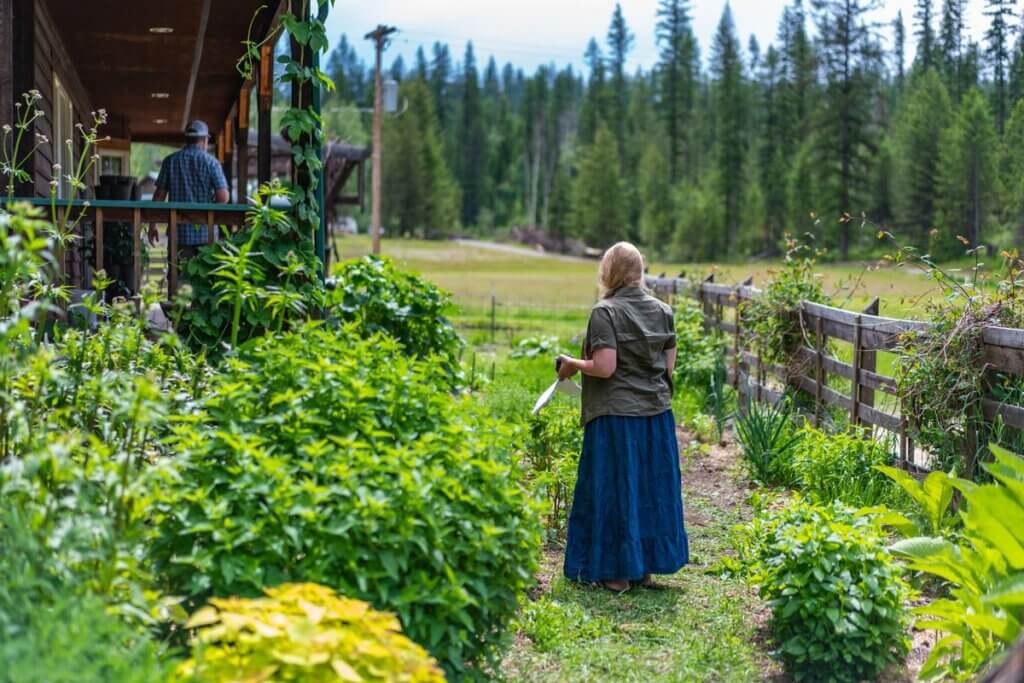
How to Grow Oregano
Oregano varieties grow best when planted in well-drained soil in your herb garden. In cooler climates, oregano prefers full sun. In hot climates, it prefers a partially shaded location.
Some oregano plants can grow two feet tall and enjoy growing next to cucumbers, melons, celery, and tomatoes. It’s an herb that repels flies with its intense aroma, making it a good neighbor!
Planting
Oregano tends to succeed better when started from seed indoors rather than direct sown. Learn how to read seed packets and familiarize yourself with the varieties before planting. If you are new to shopping for seeds, learning the best vegetable seeds to grow in the garden is a good idea.
Oregano can also be started from the cuttings of a mature plant, as they transplant well too.
This hardy perennial can grow quickly up to two feet in height in sandy, loamy soil. It prefers a soil pH around the 6-7 neutral range. Knowing how to test your soil pH can help find the proper pH level to grow healthy oregano.
We make compost the easy way, adding to the potting mix and again to the soil when planting in the garden. Homemade compost is sufficient for most garden plants, especially herbs like oregano.
Plant oregano in late spring, when the danger of frost has passed, and the soil is beginning to warm up. Living in a northern climate, we start our oregano seeds indoors weeks before the last frost, then pot up the seedlings before planting in the garden, ensuring a good, healthy start.
Space your plants 12” to 18” apart in moist but not soggy soil. Oregano prefers less water than other herbs; check your soil before watering to make sure it needs it. Good air circulation is beneficial to keep powdery mildew and spider mites from infecting the plant.

Growing
Oregano is from the mint family (Lamiaceae) and will spread and grow readily through its root system. It also reproduces when it drops seed from its tiny flowers if left to do so.
Oregano is a prolific perennial plant that should be managed so it doesn’t take over an area in the garden where other plants share space. It’s a good plant to share with others as this herb propagates easily!
When the plant is about four to six inches tall, gently pinch off leaves and trim the branches so it doesn’t become spindly. Only cut back one-third of the plant at a time to encourage new growth. A bushier plant will develop with plenty of leaves to harvest as it grows.
Harvesting
For best results, harvesting oregano leaves when they are mid-sized, not too small, but not too large; the Goldilocks approach is best.
The concentration of oils is at its peak in the early afternoon, assuring the leaves are dry. Cut no more than 3-5 stems at a time so you can harvest and enjoy all summer. Oregano is a plant that won’t survive a frost, so use and preserve it as it grows.

Preserving
The stems with leaves can be preserved in a jar of water and placed in the refrigerator for up to two weeks. Homesteading Hack: Place a plastic bag gently over the leaves to help keep the air from drying them out too quickly.
Otherwise, there are several options to preserve oregano for long-term storage:
- Freezing – Freezing oregano is a great way to preserve the flavor and add to your favorite pasta recipes (like my creamy leek pasta) or sauces. Oregano helps with digestive issues (Source), so a cube of frozen oregano in homemade natural flavored water or homemade kombucha is beneficial and delicious!
- Freeze Drying – Understanding the difference between freeze-drying and dehydrating oregano is good to know. When reconstituted, freeze-dried oregano will have the flavor and texture of fresh.
- Salt – Herbs preserved in salt are another ideal preservation technique that works well for oregano.
- Dehydrated – You can dry oregano using an oven, dehydrator or hanging method. The flavor won’t be as pungent, but it is a good method for drying and making herbal capsules for digestive needs.
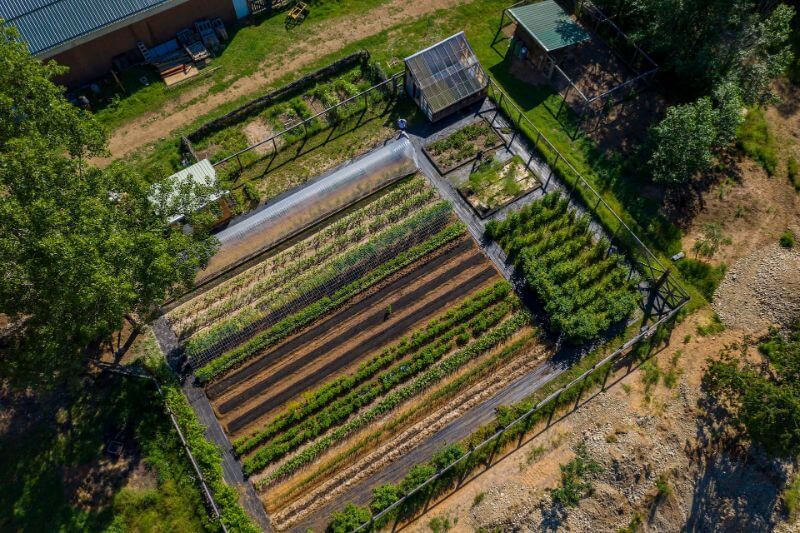
5 Steps to a Healthy Garden
Oregano is an easy-to-grow and prolific herb making it a great place for the first-time homesteader to begin. We understand that learning how to get started homesteading and growing your own food may seem overwhelming.
We want to help alleviate some of that garden overwhelm by offering this free downloadable PDF that teaches you the six essentials to healthy soil and breaks down how to grow healthy food in 5 simple steps!
